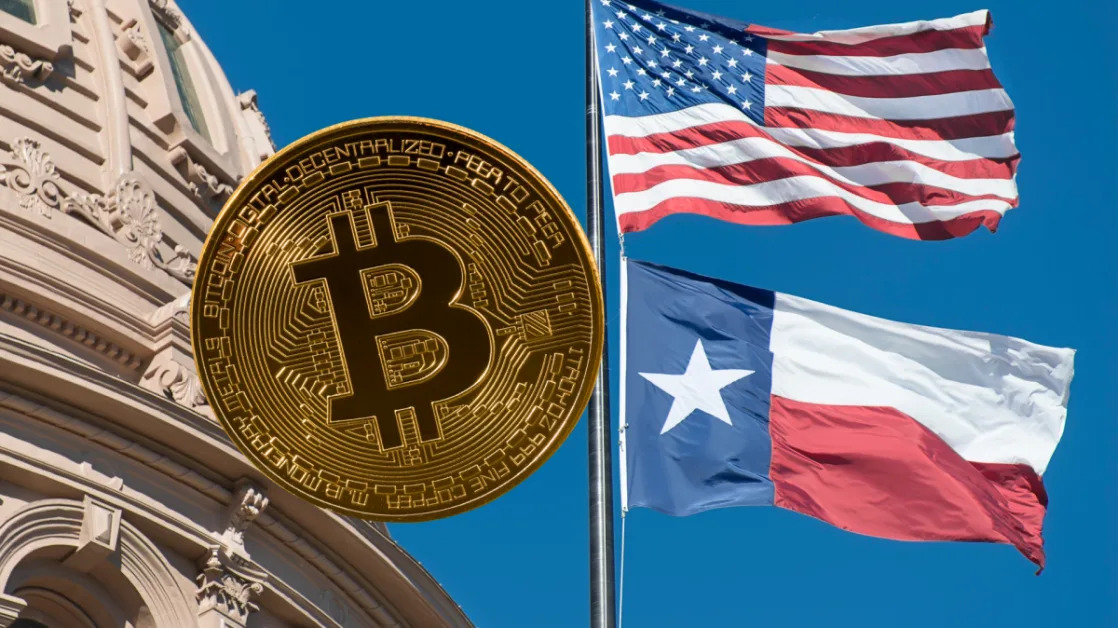
Not every monthly inflation report is created equally. In an economy with price pressures, January has packed a bigger punch.
Price hikes in recent years have been exceptionally strong in the month of January, reflecting outsize turn-of-the-year price resets. The upshot is that inflation reports due this week could show whether the Federal Reserve’s fight to bring inflation down has cleared a key hurdle.
The beginning of the year marks a natural time for businesses to incorporate a year’s worth of higher food, energy and labor costs—for example, for restaurants to raise menu prices, gyms to boost membership rates and private-car services to raise transportation rates.
Such price increases have been especially large in each of the past three years following the high inflation that greeted the reopening of the economy from the Covid-19 pandemic in 2021.
“If you’re going to push through price increases, the start of the year is a logical time to do that,” said Omair Sharif, founder of research firm Inflation Insights.
Because companies have more pricing power when the economy is strong, businesses haven’t been deterred so far from large turn-of-the-year hikes “despite the fact that consumers say they are not going to stand for more price increases,” said Sharif.
The Labor Department is set to report Wednesday on January prices as measured by the consumer-price index. A separate report on wholesale prices is due Thursday. Those two measures are used to calculate inflation according to a third gauge that the Fed prefers , called the personal-consumption expenditures price index, or PCE, which will be released by the Commerce Department at the end of the month.
For the Fed, the stakes are high. One year ago, inflation appeared to be cruising rapidly toward the Fed’s goal, then hit a big speed bump in the first quarter. Officials were greeted by a similar rude inflation surprise at the start of 2023, when changes to seasonal adjustment factors revised away previous progress.
“We don’t know whether 2025 has brought another such bump. But if inflation rises, it will be a signal that monetary policy has more work to do,” said Dallas Fed President Lorie Logan in a speech last week.
Logan said the U.S. economy will have achieved an elusive “soft landing” if the labor market stays healthy and price pressures continue to show the type of broad-based slowdown that has been evident in recent months. But she signaled an important note of caution by pointing to the head fakes of the past two years. “We have been here before on inflation,” she said.
So-called core inflation, which excludes volatile food and energy prices, fell from 5.6% in September 2022 to 2.9% in February 2024 using the PCE index. It held near that level for most of the past year, ending 2024 at 2.8%.

“The next three months really are the keys for inflation for the year, assuming we’re not hit with huge shocks from tariffs, immigration or some other unexpected change,” said Alan Detmeister, who used to run the price and wages forecasting division at the Fed. Detmeister, an economist at UBS, thinks inflation in the core PCE index could step down to 2.3% in March data that will be reported in April. The Fed targets 2% inflation.
The Fed cut rates by a full percentage point at its last three meetings of 2024. Officials have indicated they are in no hurry to keep cutting until they have more confidence that inflation will reach their target.
Before adjusting for seasonal patterns, around half of all price increases take effect during the first quarter of the year, said Detmeister. “Because that’s where most of the price changes are occurring, that’s where your biggest forecast misses—the biggest surprises—are going to be,” he said.
This week’s turn-of-the-calendar inflation report card is particularly important because President Trump is imposing new tariffs, including a 10% increase in duties on Chinese imports and 25% on imports of steel and aluminum , that further complicate the inflation outlook in 2025.
While Trump’s tariff hikes in 2018 and 2019 barely registered in inflation gauges, the current set of tariffs are broader and will hit more consumer goods that account for a larger share of the price basket. “It’s apples and oranges what they’re doing now versus what they did then,” said Sharif.
Tariff hikes could give Fed officials reason to drag their feet on rate cuts even if first-quarter inflation readings don’t punch them in the nose again. “It probably biases them to just be a little more cautious on lowering rates,” said Detmeister.
Write to Nick Timiraos at Nick.Timiraos@wsj.com





